What Are the Best Mulches for Grass Seed? 6 Great Options
-
Kristin Hitchcock
- Last updated:
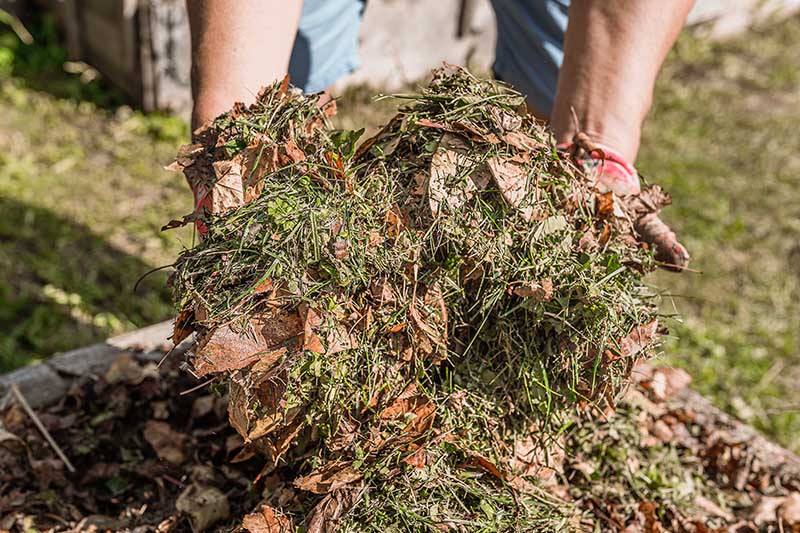
If you put down grass seed, most people will tell you to put down straw. However, while you do need to put mulch down, many different types of mulch would work—not just straw. Therefore, if you’re low on straw, you aren’t entirely out of luck.
Furthermore, straw isn’t necessarily needed when seeding an older lawn. Instead, the older lawn should already have some grass and other plants, which can help prevent the soil from drying out. Still, it may be useful to add straw or another mulch anyway. You can’t be too safe.
Still, there are several different types of mulch that you can choose from. Here are some of our favorite options:
The 6 Best Mulches Options for Grass Seed
1. Compost
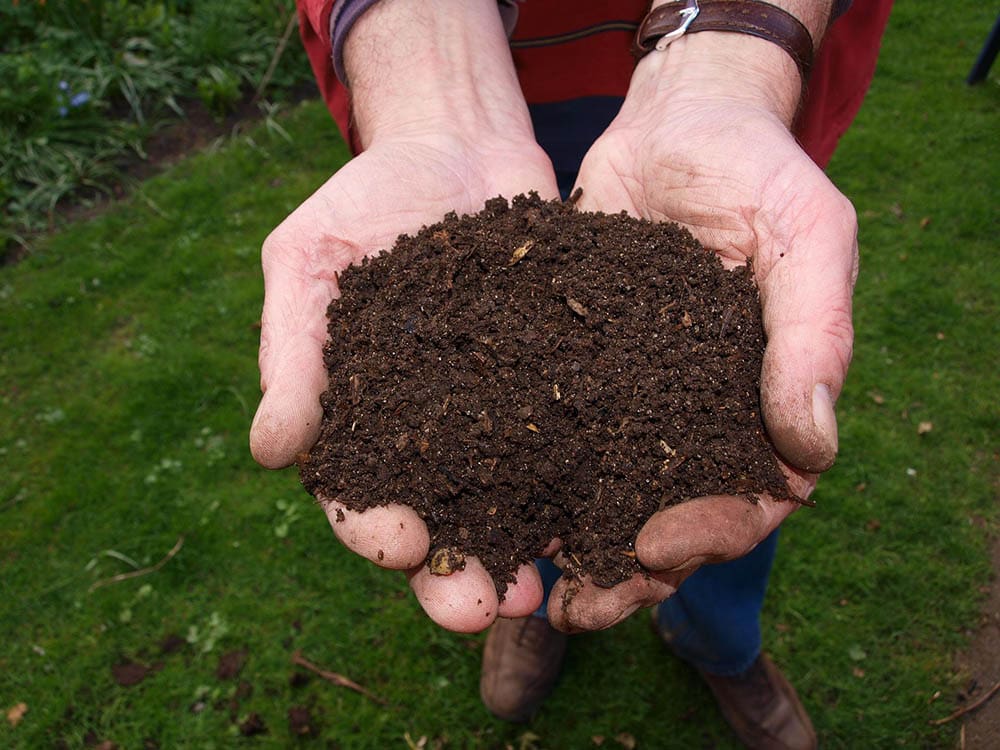
Compost is one of the best mulches for just about everything. Unlike most mulches, compost does all the jobs of a mulch and adds plenty of nutrients to the soil. Therefore, if you want your grass to grow plentiful, you should probably consider adding some compost.
If you’re in a rural area, you probably won’t have an issue finding compost for sale. You can also purchase it at many gardening centers. But your best option is to make your compost. This turns your grass clippings and garden scraps into wonderful mulch for your lawn.
2. Most Straw
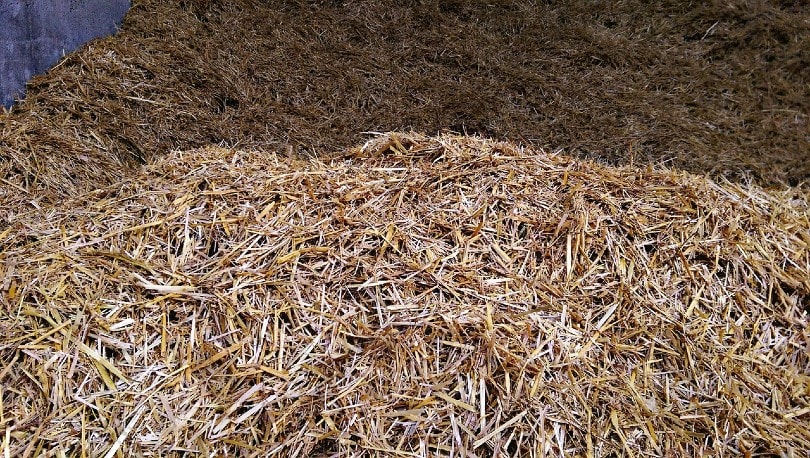
Of course, you also have your traditional straw that can be utilized to keep the grass seeds covered. However, you shouldn’t necessarily use just any type of straw. Some are full of seeds, meaning the grass seeds won’t be the only thing growing in your yard. For instance, regular hay often falls into this category. Wheat, barley, and oat are fine, as the seeds are typically removed.
Straw is often used because it can easily be spread around and then chopped up with a lawnmower once the seeds start to sprout but it also blows away quite easily and doesn’t add much to the soil. While it does provide some cover, that’s about all it does.
3. Pine “Straw”
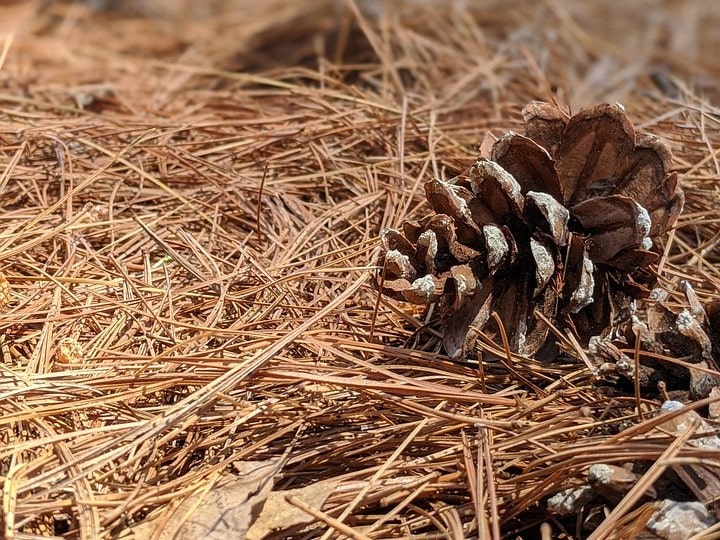
You can also use pine needles to cover your grass. These work a bit better than regular straw because pine needles interlock. Therefore, they are much less likely to blow away. That said, they are still easy to spread and won’t mess up a lawnmower when the yard starts to grow.
There are some misconceptions about pine needles. Many people claim that pine needles contain terpenes or acidify the soil. While those things may be true for fresh pine needles, dried pine needles are completely safe for your yard.
You just don’t want to be sprinkling needles you just picked off a tree all over your yard.
4. Sawdust
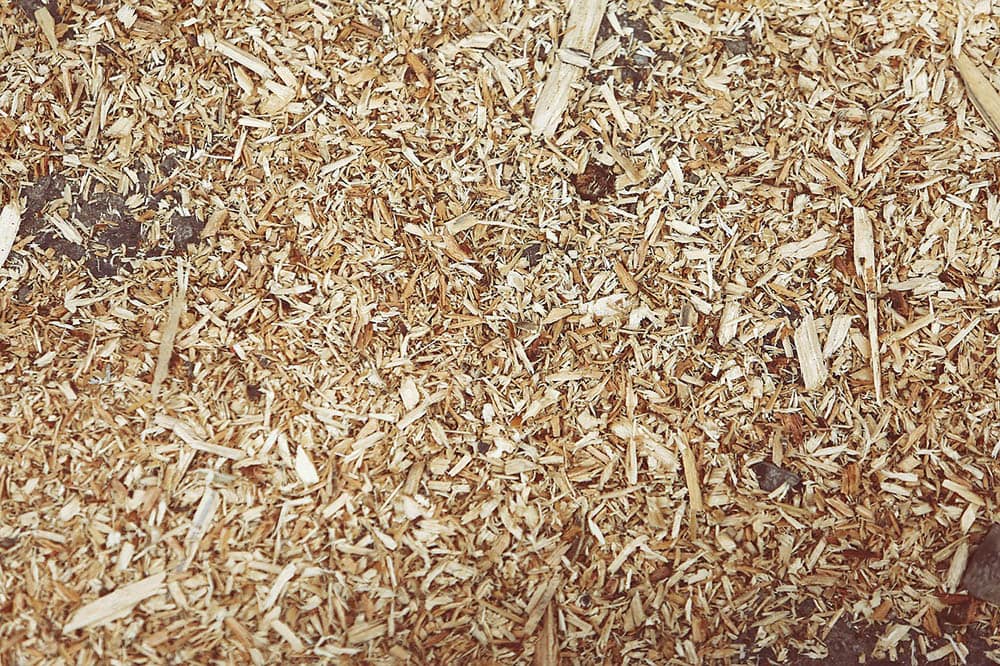
If you have sawdust lying around, you can use it as a nice compost layer. But this isn’t your best choice for a few different reasons. Firstly, sawdust can blow around. Not only will the wind blow it away (potentially), but it is also harmful when breathed in. Therefore, adding it to your yard can make you, your family, and wildlife breathe in the potentially damaging sawdust.
Plus, there are a lot of chemicals and other things in sawdust that may be harmful. It depends on what sort of wood you used to make it. Many people also don’t have the amount of sawdust necessary to cover their whole yard, and sawdust isn’t something you can readily purchase.
5. Peat Moss
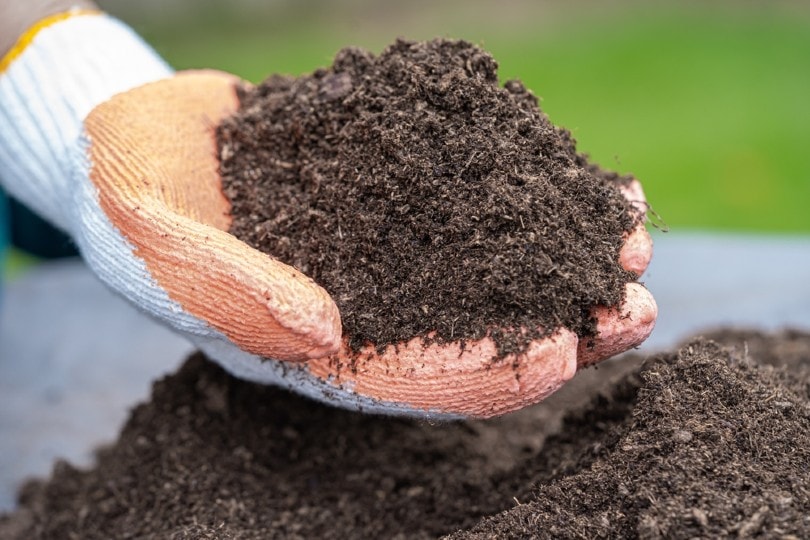
You can find peat moss at many gardening stores and hardware stores. This material works well over grass seed. As the grass sprouts, this mulch will decay into the soil, adding nutrients. It also adds lots of structure to the soil and can even help with moisture retention. However, purchasing enough peat moss can get expensive.
Of course, this assumes you can’t just wander into a peat bog and find moss yourself. Because most people don’t fit into this category, you’ll spend tons of money at the store on peat moss. Still, if you have the money, this option can improve the overall quality of your lawn.
6. Commercial Lawn Mulches

There are quite a few products on the market designed to help your grass seed sprout. These products vary a lot in price and effectiveness. Some of them are just peat moss or straw that has been re-branded. However, others are mixtures of effective mulches and grass seeds. Therefore, they can limit the amount of work you need to do.
We recommend these options if you don’t want to track down your mulch but they can be expensive. Our favorite is GreenView Fairway Formula Seed Success, which isn’t nearly as expensive as other options.
Conclusion
We recommend adding mulch to your yard if you want to grow grass seed. Mulch is absolutely necessary for newer lawns. Otherwise, the sun will bake the ground, and the seedlings will have difficulty getting started. However, older lawns may not need as much mulch, as they often have grass and plants already providing cover.
The mulch you use will depend largely on what you have available. Some people can purchase straw extremely easily from a neighbor or local store. Others may rather purchase a commercial lawn product that also includes seeds. In the end, as long as you’re adding some mulch, you’re likely to be successful.
Featured Image Credit: Larisa Stefanjuk, Shutterstock
Contents

